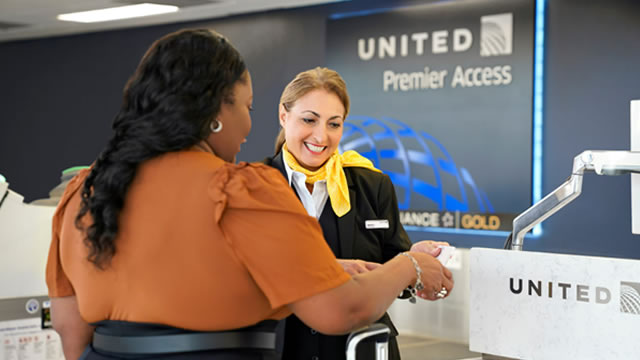United Airlines’ Rocky Start to 2025: Navigating Economic Uncertainties and Air Travel Demand
In the first quarter of 2025, United Airlines (UAL) experienced a significant stock downturn, with shares dropping by a third. This disconcerting trend reflects growing concerns over a potential recession and decreased air travel demand. Although the macroeconomic profile for Q1 showed promising signs, UAL, like many other airlines, faces substantial risks in the face of an economic slowdown.
Comparing UAL to Delta and American Airlines
When examining UAL’s situation relative to its competitors, Delta Air Lines and American Airlines, it becomes clear that UAL is better positioned to weather the economic storm. Delta’s financial reserves, solid customer base, and strategic focus on cost control have enabled it to maintain a stronger financial footing. American Airlines, on the other hand, has been grappling with operational inefficiencies and labor disputes, making it more vulnerable to external economic pressures.
Air Travel Demand: A Stalling Trend
Air travel demand has been on a downward trend, with ticket sales declining precipitously and international travel taking a significant hit. This stagnation can be attributed to several factors, including weak consumer confidence, a skyrocketing inflation outlook, and recent aviation incidents that have raised safety concerns among travelers.
Impact on Consumers and the World
The ripple effect of United Airlines’ stock plummet and the broader airline industry downturn extends far beyond UAL. For consumers, this could mean fewer flight options, higher prices, and potential job losses in the aviation sector. On a global scale, the economic impact could be profound, as the aviation industry is a significant contributor to international trade and tourism.
- Job Losses: The aviation industry employs millions of people worldwide. A decline in air travel demand could lead to job losses in various sectors, including airlines, airports, and related industries.
- Higher Prices: With fewer passengers and increased competition, airlines may be forced to raise prices to maintain profitability. This could make travel more expensive for consumers.
- Reduced Connectivity: A decline in air travel demand could lead to fewer flights and fewer routes, reducing connectivity between countries and potentially impacting international trade.
Conclusion
The early months of 2025 have brought significant challenges for United Airlines and the broader airline industry. With economic uncertainties looming and air travel demand stalling, UAL and its competitors must navigate this treacherous landscape with care. Consumers and the global community stand to feel the impact of these changes, from job losses and higher prices to reduced connectivity and potential disruptions to international trade.
As the situation unfolds, it is essential that all stakeholders – airlines, governments, and consumers – work together to mitigate the negative consequences and find ways to adapt to this new reality. Only then can the aviation industry weather this economic storm and emerge stronger on the other side.





